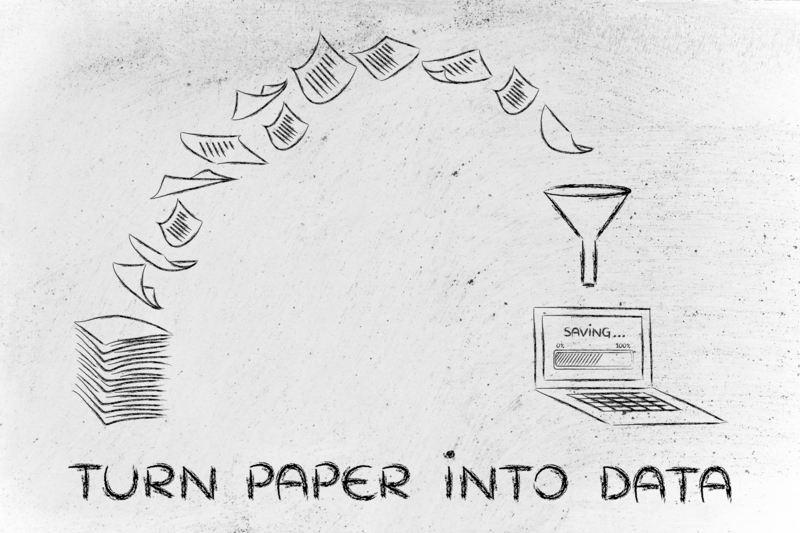A Historical Look at Waste Disposal Methods
Waste disposal is a topic deeply intertwined with human civilization. From the earliest human settlements to modern megacities, societies have continuously grappled with the challenge of disposing waste efficiently and safely. This article takes a comprehensive dive into the evolution and historical context of waste management techniques throughout the ages, exploring what our ancestors did, how these methods changed with the advent of technology, and their impacts on society and the environment.
Understanding Waste: Then and Now
Waste can be defined as any material discarded after primary use. However, the types and volumes of waste have dramatically evolved over time. Let's explore the key differences:
- Prehistoric waste primarily consisted of organic and biodegradable materials.
- Post-industrial waste introduced plastics, metals, and hazardous chemicals.
- Modern waste streams are highly complex, with electronic waste, construction debris, and more.

Waste Disposal in Ancient Civilizations
Ancient waste management reflects the technological abilities and societal priorities of each era. Let's examine how early societies dealt with refuse.
Early Settlements
The first humans generated minimal waste, as most materials were reused or biodegradable. Archaeological Investigations have revealed that even prehistoric communities employed rudimentary waste disposal techniques:
- Pits and cesspools for human excrement
- Simple burning or burying of organic matter
The Indus Valley Civilization
One of the earliest examples of advanced waste management systems can be found in the Indus Valley Civilization (circa 2500 BCE). The cities of Harappa and Mohenjo-Daro boasted:
- Covered drains and sewage systems
- Houses connected to shared urban drainage
- Public waste bins and cesspits
Ancient Rome and Greece
By the Classical era, densely populated cities heightened the need for organized waste disposal. The Romans and Greeks developed systematic methods:
- Rome's Cloaca Maxima: One of the world's earliest sewer systems, channeling waste from the city into the Tiber River.
- Communal latrines connected to sewer lines for mass waste disposal
- Manual collection of garbage by "scavengers" and dumping outside city walls
Waste Disposal Methods in the Middle Ages
The Middle Ages saw a decline in organized waste disposal in many parts of Europe compared to earlier civilizations.
Urban Waste in Medieval Cities
The growth of urban centers placed huge stress on outdated waste systems. Typical medieval disposal methods included:
- Discarding waste into streets, causing unsanitary conditions
- Use of cesspits and privies, often located dangerously close to wells
- Occasional burning of waste materials, mostly in rural areas
Legislation and Public Health Initiatives
Recognizing the danger, some city authorities introduced laws to regulate waste:
- Regulated waste disposal outside city walls
- Mandates for street cleaning and waste removal
The Industrial Revolution: Waste Disposal on a New Scale
With the onset of the Industrial Revolution in the 18th and 19th centuries, urban populations boomed and so did the amount and complexity of waste. Urbanization, factory waste, and the rise of consumer culture transformed waste disposal practices.
Household and Municipal Waste
Cities struggled with mounting solid waste piles. Common strategies included:
- Dumping refuse in open heaps and landfill sites on city outskirts
- Collecting "night soil" (human waste) for use as fertilizer or dumping in rivers
- Incineration: The first "destructor" was built in Nottingham, England, in 1874
Hazardous and Industrial Waste
The rise in industrial by-products, including heavy metals, acids, and chemical solvents, presented new environmental and health hazards. Lacking modern understanding, factories often:
- Dumped waste into waterways
- Buried toxic materials in unlined pits
20th Century Advances in Waste Disposal
As science advanced, so did awareness of the environmental and health impacts of poor waste disposal. Governments and scientists sought ways to modernize waste management and make it more sustainable.
Sanitary Landfills
A major development was the invention of the sanitary landfill in the early 20th century. This method improved on earlier open dumps by:
- Spreading and compacting waste in thin layers
- Covering each day's waste with soil to reduce pests and smells
- Using liners and leachate collection systems to prevent groundwater contamination
Recycling and Resource Recovery
By the 1970s, concern about resource scarcity and pollution led to the rise of recycling. Key features included:
- Separate collection bins for glass, paper, plastics, and metals
- Municipal recycling centers and curbside programs
- Composting of organic materials
Hazardous Waste Regulations
Environmental catastrophes like the Minamata Bay disaster and Love Canal scandal in the mid-20th century led to strict controls on industrial waste disposal:
- Hazardous waste tracking systems
- Specialized treatment and secure incineration or storage
- International agreements, such as the Basel Convention, to regulate cross-border waste movement
Waste Disposal in the 21st Century and Beyond
The 21st century brings complex challenges and cutting-edge solutions to waste disposal:
Modern Landfill Alternatives
With landfill space becoming scarce and emissions a major concern, cities are turning towards:
- Waste-to-energy plants that generate electricity
- Advanced composting and anaerobic digestion to create biogas
- Thermal and chemical recycling of plastics
Zero Waste Initiatives
Many communities now strive for zero waste, focusing on:
- Minimizing waste generation through design and policy
- Encouraging reuse, repair, and re-manufacturing
- Promoting circular economy principles
Technological Innovations
Technology is revolutionizing both waste collection and treatment:
- RFID chips and smart bins for efficient collection
- Robotic sorting at recycling plants
- AI-driven circular economy platforms
Lessons from History: Impacts of Waste Disposal Methods
Looking back, the evolution of waste disposal practices offers critical lessons:
- Public Health: Effective waste management is crucial for disease prevention and community health.
- Environmental Stewardship: Uncontrolled disposal causes lasting damage, highlighting the need for sustainable solutions.
- Technological Progress: Advances in waste processing have paralleled societal development.
- Policy and Enforcement: Laws and regulations must adapt as societies and technologies change.

The Future of Waste Disposal: Sustainable Solutions
As we face increasing population, urbanization, and consumption, responsible waste disposal will remain a defining challenge. The future will likely feature:
- Greater focus on waste reduction and avoidance
- Expanding producer responsibility for product end-of-life
- Bio-based and biodegradable materials replacing persistent plastics
- Enhanced international cooperation to prevent environmental injustice tied to waste exports
Conclusion: From Ancient Times to a Zero-Waste Tomorrow
Humanity's journey through the ages has been mirrored in its evolving waste disposal methods. From the earth pits of early settlements to sophisticated recycling plants and zero-waste ambitions, every era's approach reflects unique challenges and solutions.
As we move forward, combining historical insight with modern innovation is essential. By appreciating the importance of waste management within the broader context of societal health and environmental sustainability, we can shape a cleaner, more responsible future for all.
Let's learn from the past to build a zero-waste tomorrow.